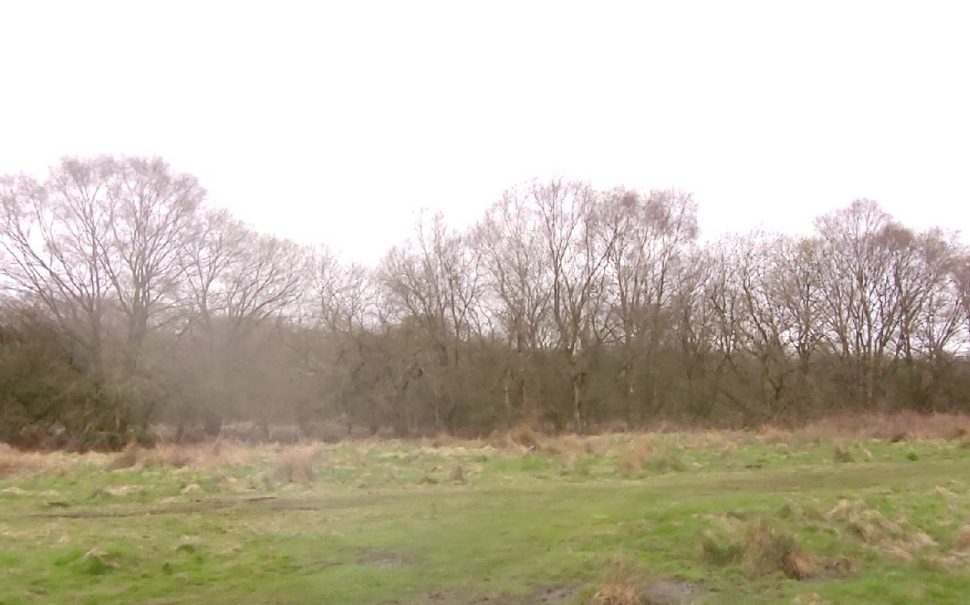Behind an unassuming gate off Moss Lane in Macclesfield is a site of natural wonder and rare species – but campaigners fear that building plans threaten to tear apart its fringes.
Danes Moss Nature Reserve is a peat bog thousands of years in the making yet campaigners fear it could be disfigured in a matter of months by 950 new homes, a school, new roads, and retail space.
Disharmony has been brewing between the council and campaigners since 2021, when the Save Danes Moss mission was launched out of concern for a plot of land just to the north of the Cheshire sanctuary.
In the eyes of those who love Danes Moss Nature Reserve, the construction plans jeopardise the future of a haven for endangered species and a buffer against climate change.
“It would be depressing if they built here,” says climate campaigner Andrew Emmerson. “For Cheshire East, it’s probably one of the most biodiverse sites we’ve got. It’s an irreplaceable habitat.”
The South Macclesfield Development Area – as it is crudely labelled by Cheshire East Council – comprises an area of almost 80 football pitches and is the proposed space for the constructions.
It is very close to the main nature reserve, which is a Site of Special Scientific Interest (SSSI): a designated conservation area that has legal protections.
If the peat in the area is damaged, research suggests that upwards of 220,000 tonnes of carbon dioxide would be emitted, while extremely rare species like the willow tit and the dingy skipper butterfly would be driven closer to extinction. Over 1,000 species have been identified on the site in total.
A map of the development area as seen in the Cheshire East Local Strategy Plan, adopted in 2017 (please note that due to the live nature of the planning application, there may be adjustments to this).
To date, a campaign has raised more than £24,000 in legal costs to contest Cheshire East Council in court and one online petition aiming to ‘Save Danes Moss’ has over 24,000 signatures.
Emmerson has been compiling a record of the wildlife at the site for years, spending hours each weekend observing a mosaic of different animals.
He said: “There are thousands of different species here, and from the recording we’ve done, there are over 60 protected species on the actual development site.
“The key risk is that it took about 6,000 to 8,000 years to form in its current state and so that makes it irreplaceable in human terms. The peat land is quite acidic and it provides a habitat for its own set of rare wildlife that you don’t normally find in the general countryside.
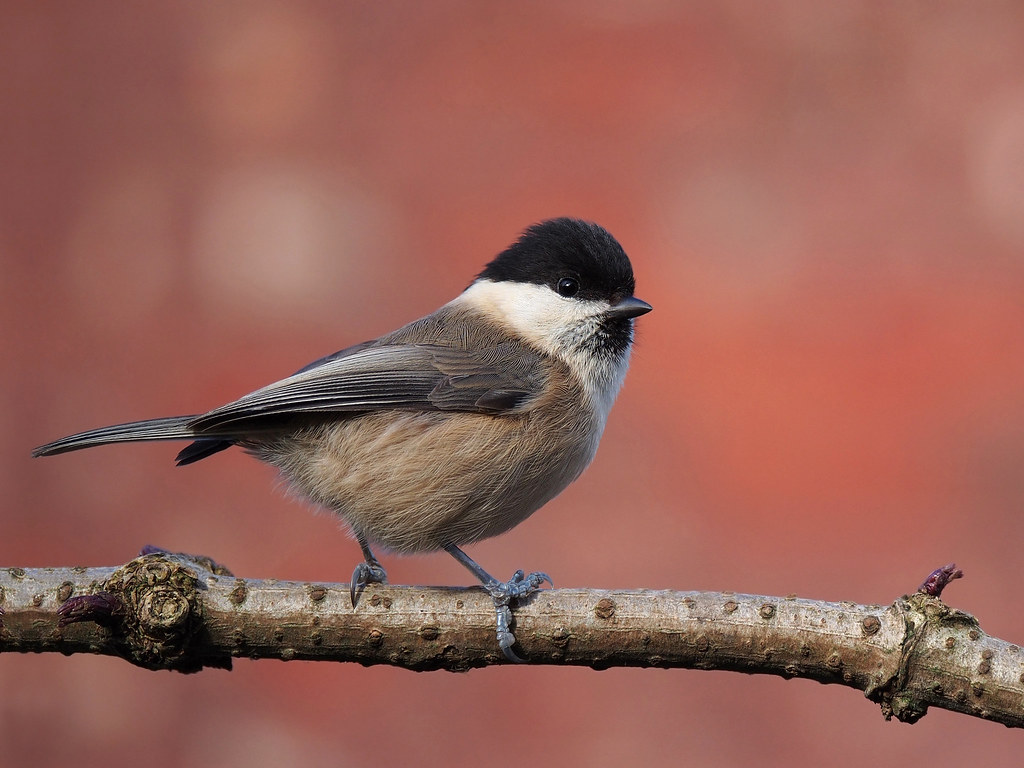
Willow tit. Since the 1970s, their population has declined by around 94%. Image credit: f.c.franklin on Openverse.
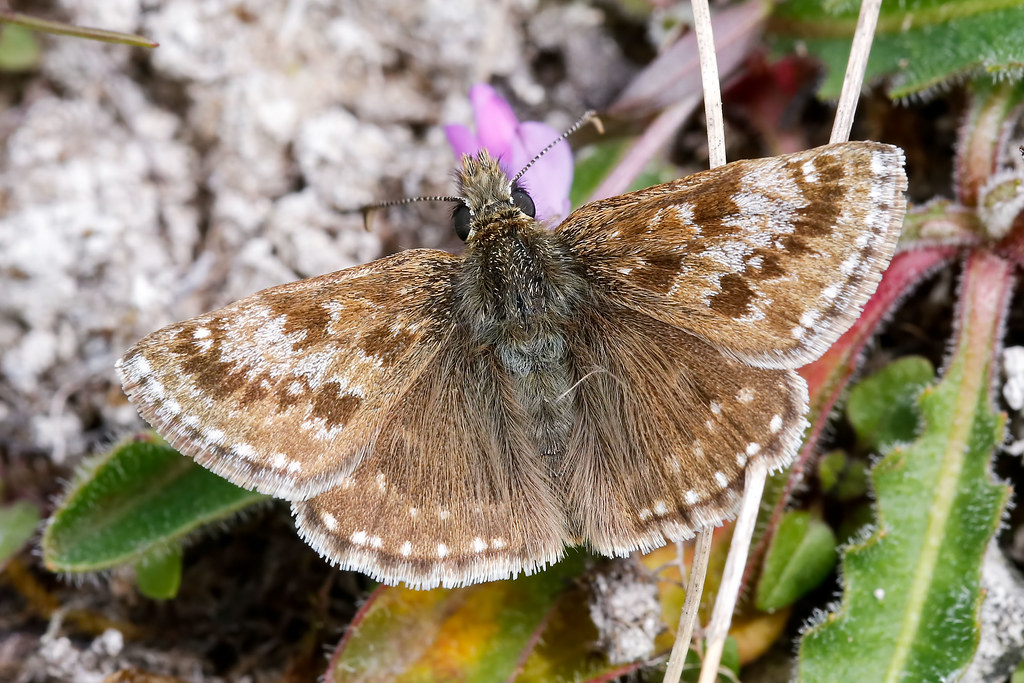
“People know about ancient woodland and it’s more tangible, but people don’t realise the importance of peat land. More people need to know about it. For land area like-for-like, compared to rainforests, it’s got at least double the carbon stored in it.”
Gordon Richardson has been enjoying the area for years and is also part of the Save Danes Moss campaign.
He said: “If it was built on, we would lose a valuable piece of local open land which is used very intensively by people walking their dogs, picnicking, just walking, taking in the tranquillity and nature.”
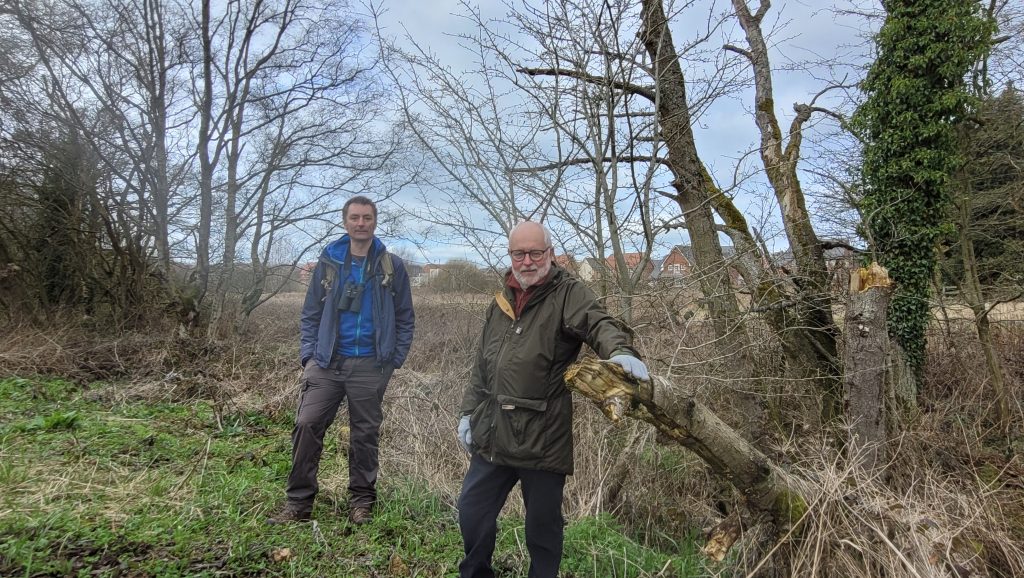
The next step for Cheshire East Council is for their Strategic Planning Board to consider several ‘reserved matters’ – specific details about developments that need to be agreed upon.
There are positives to the plans and targets for the council to meet – it would create jobs and new homes in an area with pockets of deprivation, and Cheshire East Council’s Local Plan Strategy 2010-2030 outlines a need for 36,000 new homes.
But Richardson thinks this is all unnecessary, saying: “There is a need for homes – the need isn’t just a number, though. We talk about 950 homes on here. But less than 100 of those would be affordable homes, and when we talk about affordable, we’re really talking for rent, shared ownership or social or affordable rents.”
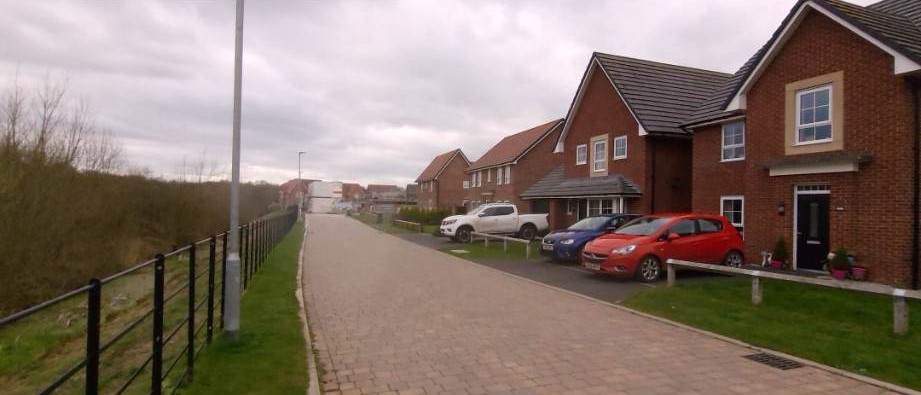
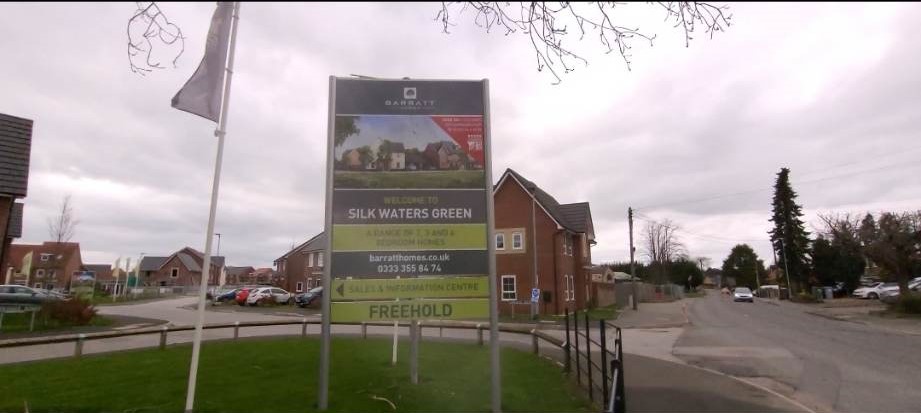
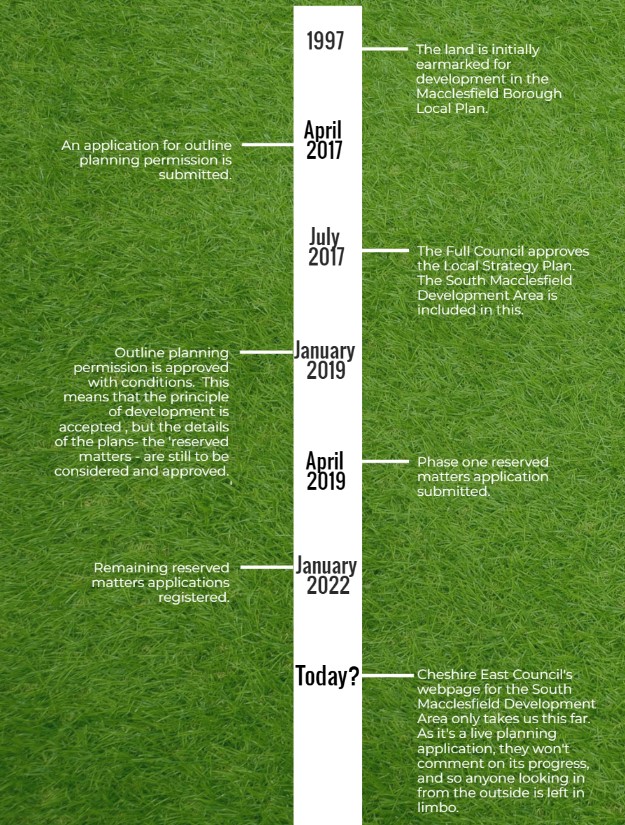
Cheshire East Council’s carbon neutrality plan ahead of 2025 states that they aim to have management and restoration plans for 100% of peatlands in the borough.
Meanwhile, the council also wants the entire borough to be carbon neutral by 2045 – but Richardson thinks the developments would “drive a coach and horses through both of those targets.”
There is one question that still looms, though: if the development plans only aim to build on a site near to the Site of Special Scientific Interest, and not quite inside it, what’s the big deal?
The key response to that is the fear of the unknown, or rather the potential for disaster. A document supplied by Richardson argues that the council’s Environmental Assessment is ‘deficient’ and leaves it ‘impossible to identify’ how developing the site might impact the SSSI.
Mancunian Matters contacted Cheshire East Council and they declined to comment due to the live planning applications.
Barratt Developments, who own 45% of the South Macclesfield Development Area, failed to respond after being contacted.
Previously, the Save Danes Moss movement has garnered big-name support from the likes of Chris Packham and even the Poet Laureate of Scotland, and that’s no surprise when you consider the wider chronicle of struggle that peatland in the UK is facing. Other peat bogs such as Carrington Moss in Greater Manchester are also at risk.
And while the future of Danes Moss remains in flux, there is no sign of the campaign to preserve it losing momentum.
Images taken from Openverse are licenced under the following licence: Creative Commons — Attribution-ShareAlike 2.0 Generic — CC BY-SA 2.0.
